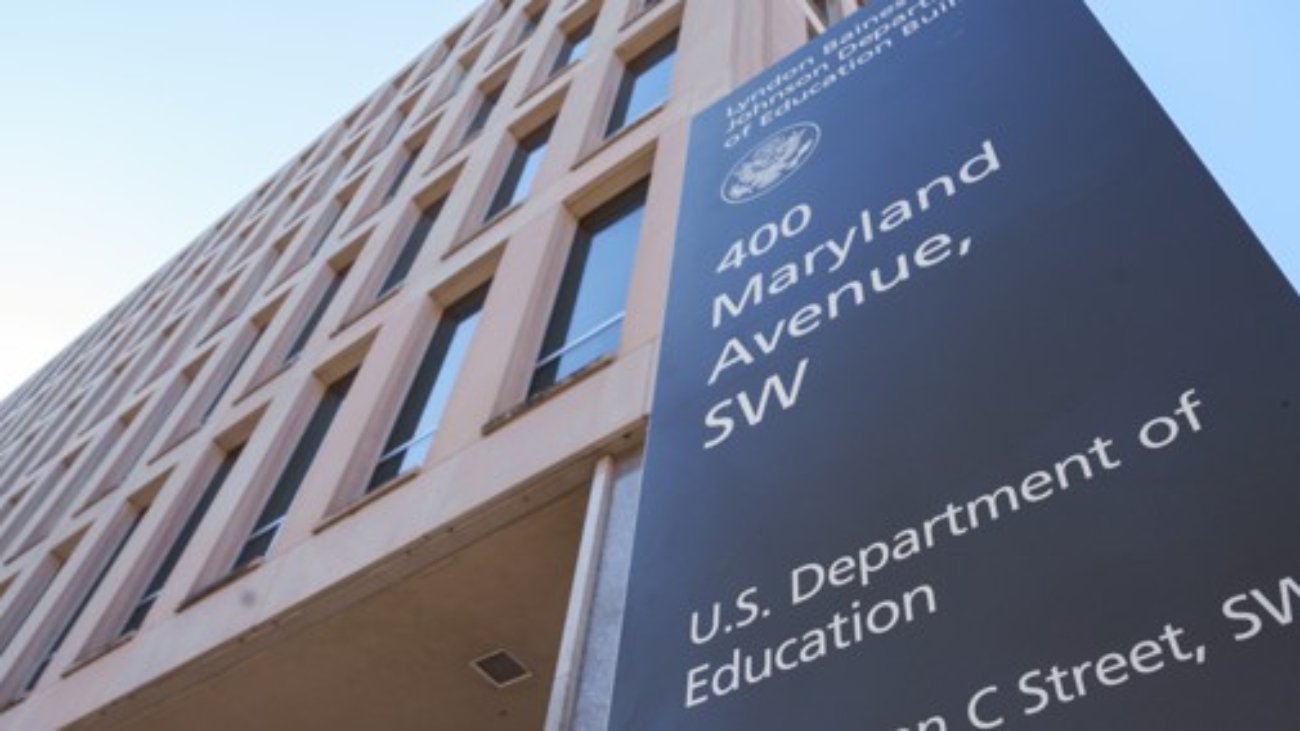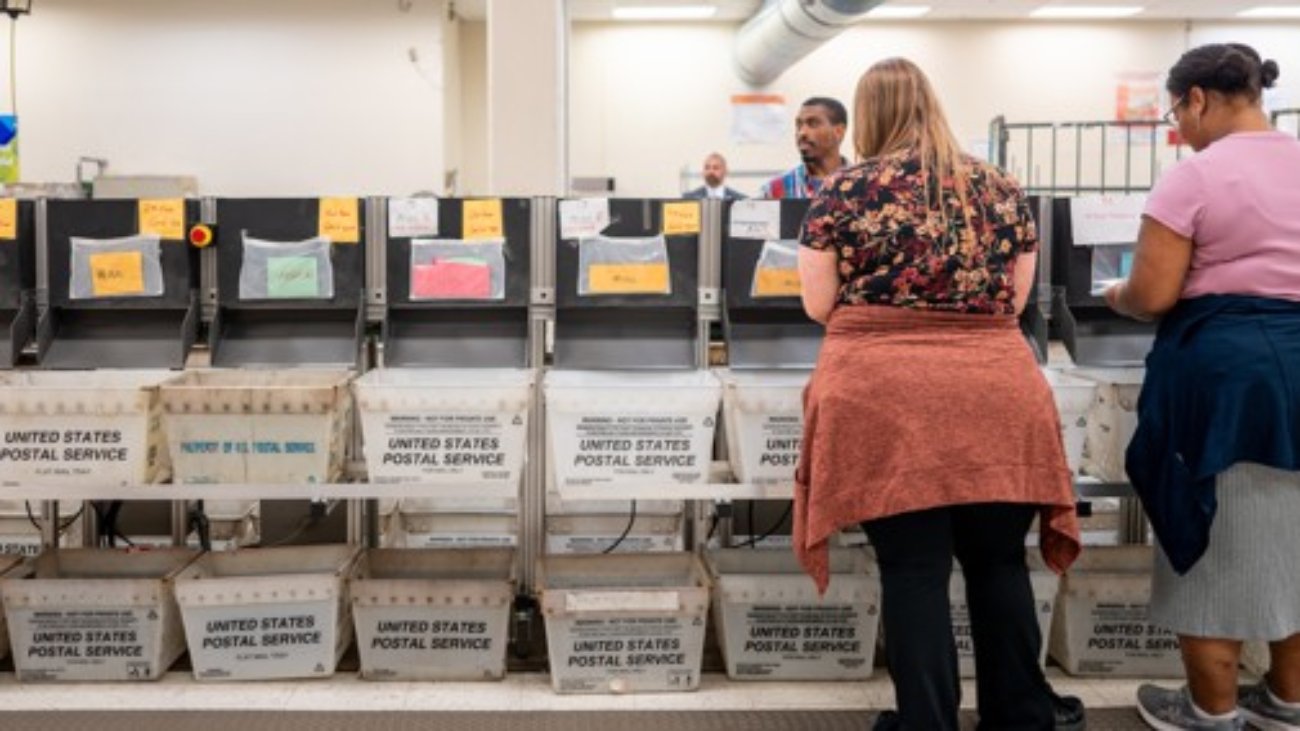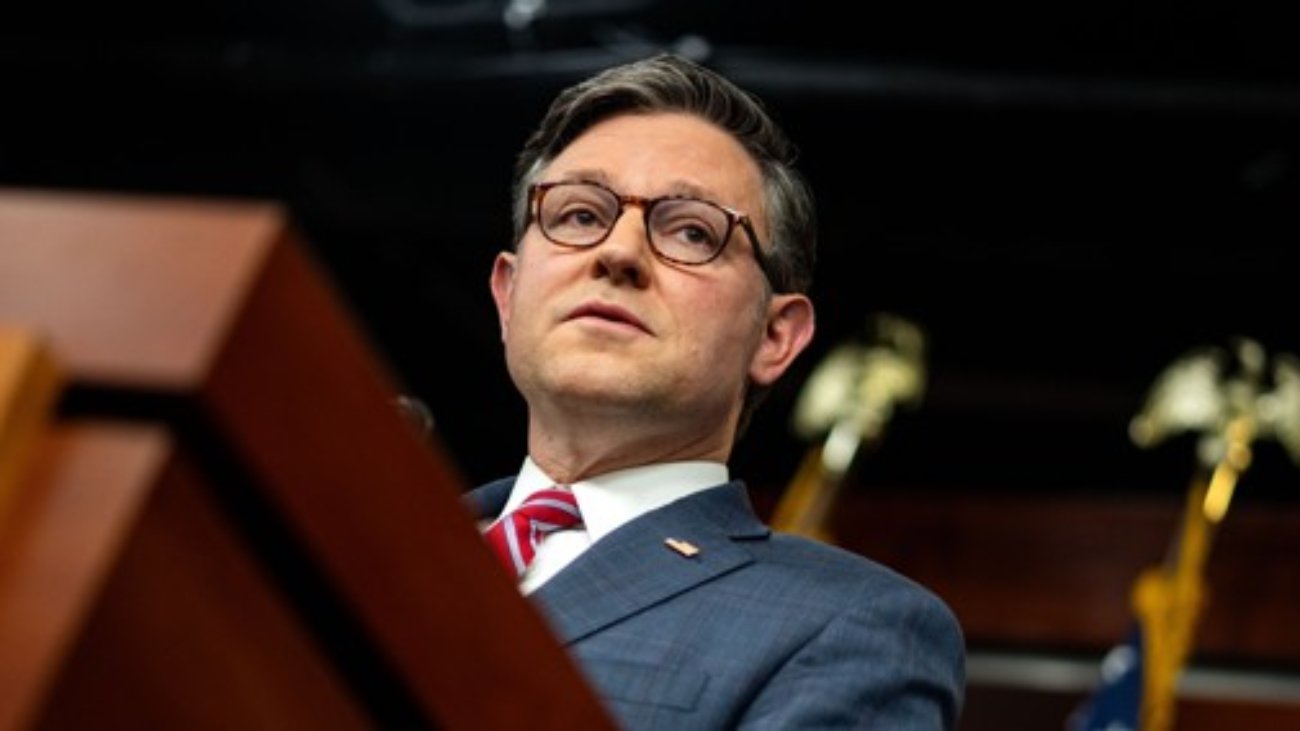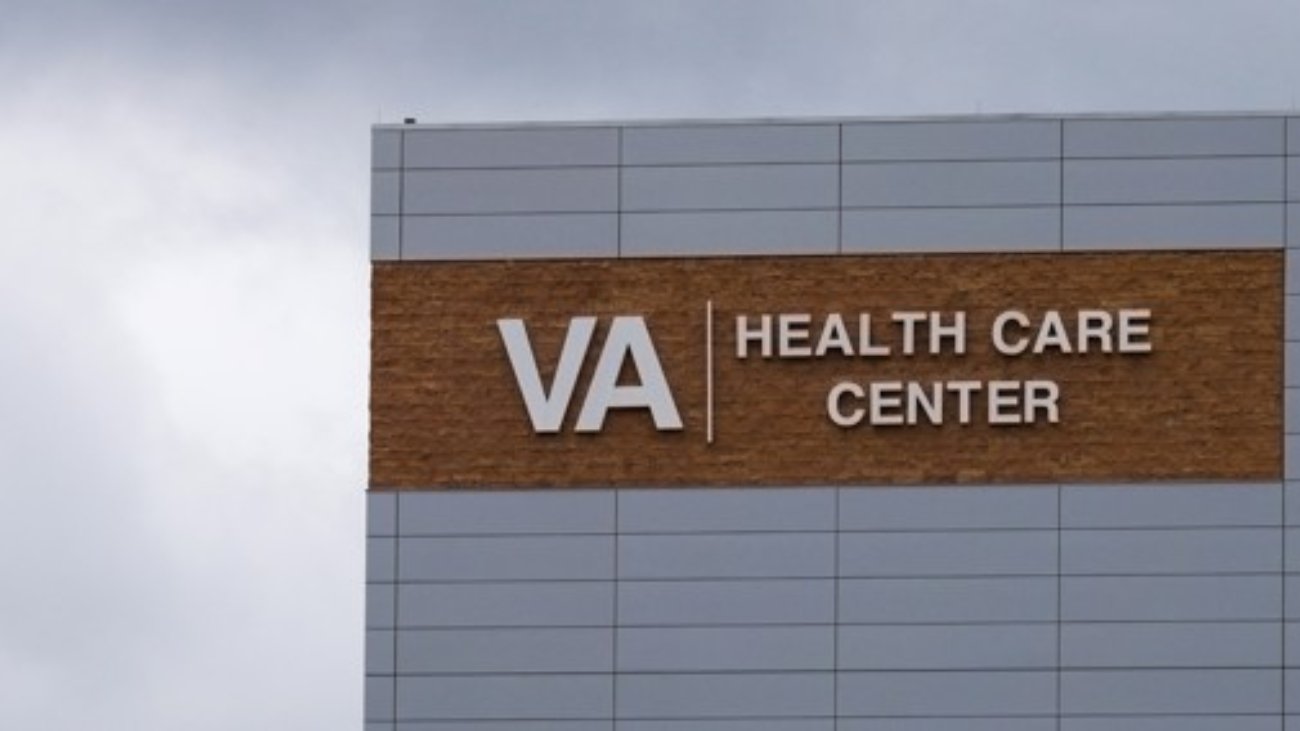The U.S. Department of Education named the first six organizations to participate in the phased rollout of the 2025-26 form to apply for federal financial aid Wednesday, and opened up the interest form for high schools, school districts and other entities to get involved in its next three testing periods.
In August, the department said it would take a staggered approach to launching the application period for the Free Application for Federal Student Aid — better known as FAFSA — in an effort to address any problems prior to the updated form opening up to everyone by Dec. 1.
The phased rollout will make the application fully available two months later than usual.
The first testing period beginning Oct. 1 will include six community-based organizations. The department on Wednesday said it selected Alabama Possible; Bridge 2 Life, in Florida; College AIM, in Georgia; Education is Freedom, in Texas; the Scholarship Foundation of Santa Barbara, in California; and the Scholarship Fund of Alexandria, in Virginia; to participate.
The six organizations will provide access to the new form to hundreds of participants in the first testing period. The form will gradually open up to tens of thousands of students in the subsequent testing stages.
“Each of these orgs have committed to recruit 100-plus students and contributors, which will allow us to test the FAFSA system end-to-end from the submissions process, to processing, to ingestion of the (Institutional Student Information Records) by colleges and possibly even state agencies,” FAFSA executive adviser Jeremy Singer said on a call with reporters Wednesday.
Singer said each of the community-based organizations will host an in-person FAFSA event over the first few days of October.
“We will send some of our team members to these sites to observe and learn from our experienced partners, seeing how students and families are interacting with the application, what’s working for them, what’s challenging, what’s clear, what’s less clear,” said Singer, who heads FAFSA strategy within the department’s Office of Federal Student Aid.
Next phases
Singer said the second testing period would launch in mid-October, with the third debuting in early November and the fourth period beginning in mid-November.
Community-based organizations, high schools, school districts and institutions of higher education have from Wednesday until Sept. 20 to submit an interest form to be part of the next three testing periods.
The department said it plans to notify those selected to participate in the second testing period by Sept. 24 and inform those chosen to take part in the third and fourth testing periods shortly afterward.
The department has also worked to close the gap in FAFSA submissions compared to the prior cycle. In March, the department said it received roughly 40% fewer FAFSA applications than the same time last year.
But as of this week, the gap had fallen to approximately 2.3%, the department said.
The department also said that as of early September, roughly 500,000 more FAFSA applicants are eligible for Pell Grants compared to the same time in 2023.
The updates to the rollout of the 2025-26 form come as the department has worked to resolve the 2024-25 form’s multiple glitches and errors, which advocates voiced concerns over. The application got a makeover following the December 2020 passage of the FAFSA Simplification Act.
West Virginia Watch is part of States Newsroom, a nonprofit news network supported by grants and a coalition of donors as a 501c(3) public charity. West Virginia Watch maintains editorial independence. Contact Editor Leann Ray for questions: info@westvirginiawatch.com. Follow West Virginia Watch on Facebook and X.











